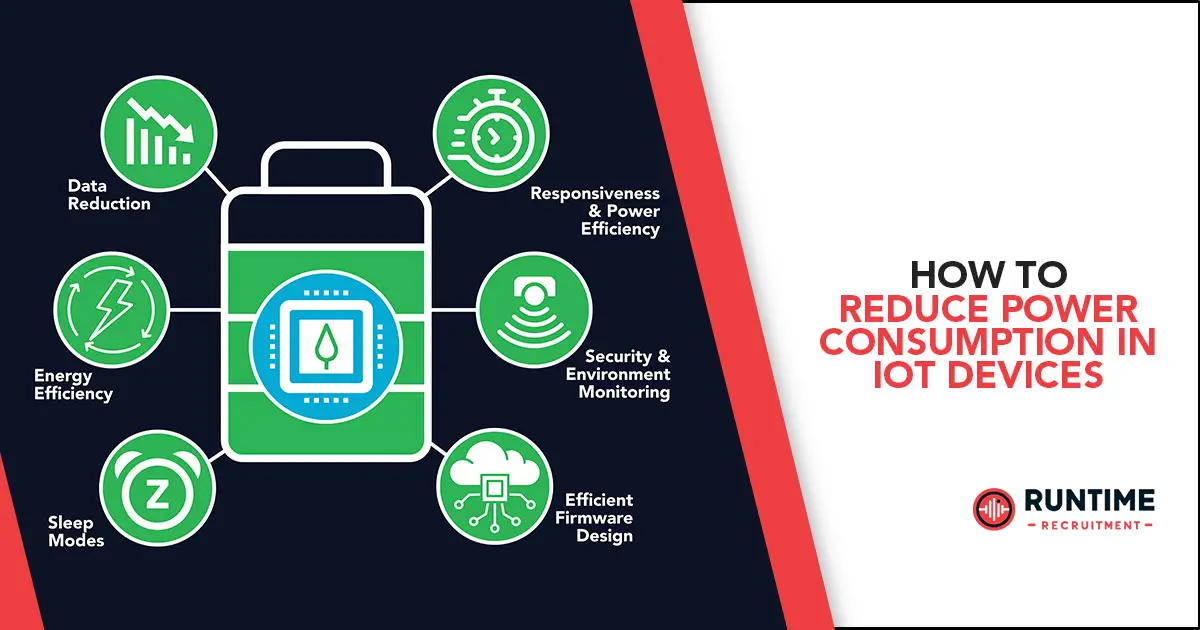One of the most crucial challenges lies in extending the battery life of resource-constrained devices. These devices, often deployed in remote or hard-to-reach locations, rely on efficient power management to ensure reliable and long-term operation. This article delves into the technical aspects of minimizing power consumption in IoT devices, exploring innovative solutions and offering an analytical perspective for practical implementation.
The Power of Sleep Modes
A fundamental strategy revolves around leveraging sleep modes effectively. Microcontrollers (MCUs) offer a spectrum of sleep states, ranging from light sleep, where specific peripherals remain active, to deep sleep, where nearly all processing halts. The key lies in calibrating the wake-up intervals and sleep durations based on the application’s specific needs. For instance, a temperature sensor transmitting data every 10 minutes can spend the intervening period in deep sleep, significantly reducing power draw. Analytical tools can be employed to perform the following:
- Power Profiling: Identifying the device’s power consumption across various operational states.
- Sleep State Optimization: Pinpointing areas for optimization based on the power consumption profile.
Optimizing Communication Protocols
Data transmission is another significant power consumer in IoT devices. Choosing the most suitable communication protocol for the application is crucial. Low-Power Wide-Area Networks (LPWAN) protocols offer several advantages:
- LPWAN Protocols: Designed for low-power, long-range communication.
- Suitable Applications: Ideal for applications with minimal data volume and infrequent updates (e.g., LoRaWAN, Sigfox).
- Data Reduction Techniques: Further minimize energy expenditure by employing techniques like:
- Data Aggregation: Combining multiple data points before transmission.
- Data Filtering: Transmitting only relevant data based on pre-defined thresholds.
Hardware Innovation for Power Efficiency
The realm of hardware design offers exciting avenues for innovation. Here are some key considerations:
- Energy-Efficient MCUs: Utilize MCUs with:
- Low-Leakage Currents: Minimizing standby power consumption.
- Variable Voltage Operation: Adjusting voltage levels based on processing requirements.
- Peripheral Selection: Employ sensors with low power draw and leverage intelligent power management circuits for optimized energy utilization across the entire device.
- Micro-Energy Harvesting: Explore the potential of harvesting ambient energy (solar, vibration) to power devices in specific applications.
Analytical Approach and Trade-Offs
A critical yet often overlooked aspect is the analytical approach to power management. While deep sleep modes offer the most significant power savings, they introduce wake-up latencies that may impact real-time performance. The key lies in finding the optimal balance between:
- Power Consumption: Minimizing energy expenditure for extended battery life.
- Responsiveness: Ensuring adequate performance for real-time applications.
This balance needs to be considered based on the specific application requirements. For instance:
- Security Sensor: Might necessitate a shorter sleep duration for faster response times.
- Environmental Monitoring Device: Can prioritize deeper sleep for extended battery life.
Advanced Techniques for Reducing Power Consumption
Beyond the basic strategies, advanced techniques can further enhance power efficiency in IoT devices:
- Dynamic Voltage and Frequency Scaling (DVFS): Adjusting the voltage and frequency according to the workload can significantly reduce power consumption.
- Adaptive Duty Cycling: Modifying the active and sleep periods dynamically based on the operational context and environmental conditions.
- Edge Computing: Processing data locally on the device reduces the need for frequent data transmissions, thereby saving power.
- Efficient Firmware Design: Optimizing the firmware for low-power operation by minimizing the number of instructions executed and reducing the clock cycles required for operations.
Case Studies and Practical Implementations
Understanding theoretical approaches is essential, but real-world implementations provide valuable insights. Here are a few case studies that illustrate practical applications of power-saving techniques:
- Smart Agriculture: IoT devices in agriculture can benefit from long battery life to monitor soil moisture and weather conditions over extended periods. Implementing deep sleep modes and LPWAN protocols like LoRaWAN has enabled devices to operate for years without battery replacement.
- Remote Environmental Monitoring: Devices deployed in remote locations for environmental monitoring can leverage solar energy harvesting combined with efficient power management techniques to sustain operation indefinitely.
- Industrial IoT: In industrial settings, sensors monitoring equipment health can use adaptive duty cycling and data aggregation to minimize power consumption while ensuring timely data transmission for predictive maintenance.
Emerging Trends and Future Directions
As the IoT landscape continues to evolve, emerging trends and future directions in technology promise even greater advancements in power efficiency:
- Next-Generation MCUs: Development of ultra-low-power MCUs with advanced power management features will further reduce energy consumption.
- Advanced Energy Harvesting: Innovations in energy harvesting technologies, such as thermoelectric and piezoelectric generators, will provide more reliable power sources for IoT devices.
- Artificial Intelligence (AI) and Machine Learning (ML): AI and ML algorithms can optimize power management by predicting usage patterns and dynamically adjusting operational parameters.
Conclusion
Extending the battery life of IoT devices necessitates a multi-pronged approach. By strategically leveraging sleep modes, employing efficient communication protocols, and incorporating innovative hardware design principles, developers can create devices with extended lifespans. Furthermore, adopting an analytical approach that considers the trade-off between power consumption and performance allows for optimized solutions tailored to specific applications. As the IoT landscape continues to evolve, advancements in technology and a focus on sustainable design will pave the way for even more power-efficient devices, enabling the true potential of the connected world.
Hire the Best Engineers with RunTime
At RunTime, we are dedicated to helping you find the best Engineering talent for your recruitment needs. Our team consists of engineers-turned-recruiters with an extensive network and a focus on quality. By partnering with us, you will have access to great engineering talent that drives innovation and excellence in your projects.
Discover how RunTime has helped 423+ tech companies find highly qualified and talented engineers to enhance their team’s capabilities and achieve strategic goals.
On the other hand, if you’re a control systems engineer looking for new opportunities, RunTime Recruitment’s job site is the perfect place to find job vacancies.









